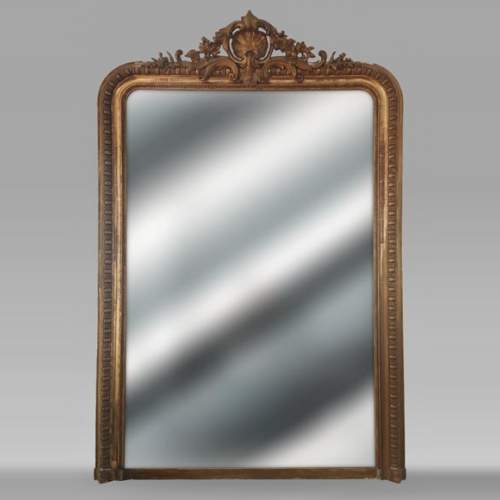Your selection is currently empty.
Here are the latest objects in our stock:
Dimensions:
Width: 117
Height: 176
Depth: 17
Dimensions:
Width: 118
Height: 201
Depth: 14
Inner height: 189
Dimensions:
Width: 131
Height: 107
Depth: 15
Dimensions:
Width: 31
Height: 56
Depth: 26
Dimensions:
Height: 63
Diameter: 23
Dimensions:
Width: 130
Height: 106
Depth: 62
Inner width: 96
Inner height: 91
Dimensions:
Width: 124
Height: 104
Depth: 60
Inner width: 87
Inner height: 90
Dimensions:
Width: 92
Height: 106
Depth: 5
Dimensions:
Width: 100
Height: 199
Depth: 6












